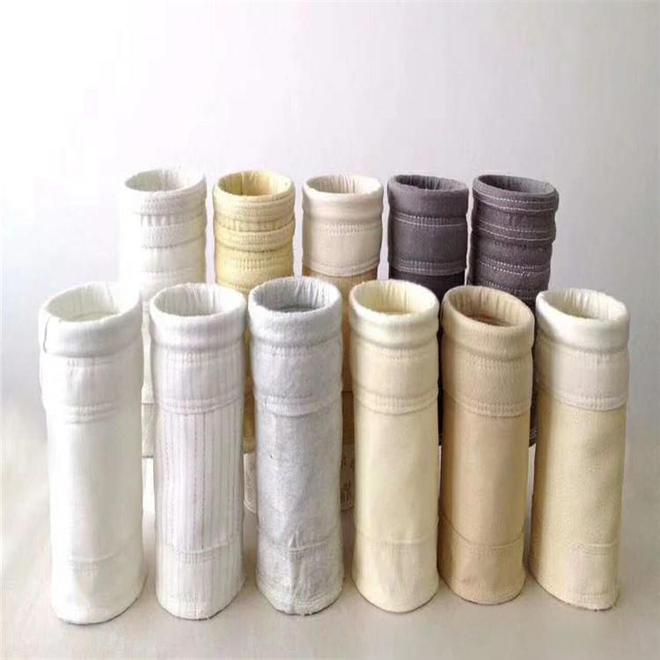Dust filter bags can be classified in various ways, with different types differing in structure and function to adapt to complex industrial demands.
In terms of shape, filter bags are mainly divided into three categories: circular, flat, and irregular. Circular filter bags have a simple structure and wide application, specified by diameter × length. Flat filter bags (e.g., rectangular, trapezoidal) maximize filtration area within limited space, enhancing dust removal efficiency. Irregular filter bags are custom-designed to meet specialized requirements.

By filtration method, filter bags can be categorized into internal and external filtration types. In internal filtration, dusty gas is filtered from the inside, with dust adhering to the inner surface of the bag, suitable for low-viscosity dust. In external filtration, gas is filtered from the outside, with dust accumulating on the outer surface, facilitating ash cleaning and commonly used in high-concentration dust environments.
With technological advancements, innovative applications of filter bags continue to emerge. For example, membrane-coated filter bags enhance the capture of fine particles by combining a PTFE microporous membrane with a base material while maintaining good permeability, becoming a new choice for high-efficiency dust removal. Additionally, “three-proof” (waterproof, oil-proof, anti-static) filter bags perform exceptionally in handling oily, humid, or flammable dust, widely used in steel, power, and other industries.
In the future, dust filter bags will evolve toward higher efficiency, longer lifespan, and 智能化 (intelligentization). Through material innovation and structural optimization, they will continue to drive the green transformation of industrial sectors.